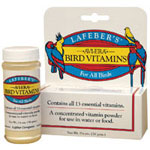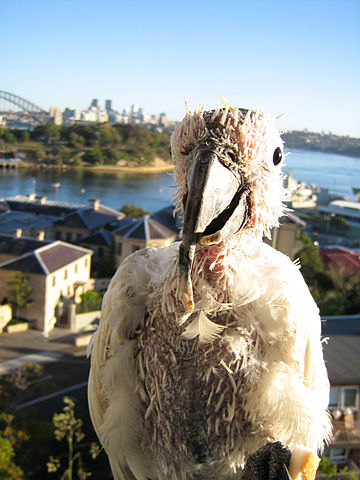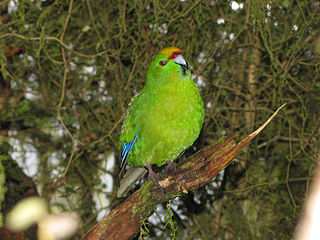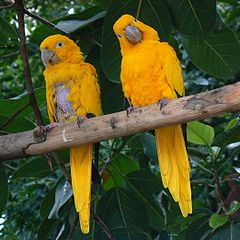Wintertime always brings a spike in posts and calls concerning sick parrots. I often tap avian veterinarian friends for assistance, and most also report seeing more ill birds at this time of year. Respiratory ailments seem to dominate, and many owners attribute this to drafts and low temperatures (as we’ll see, this is not actually the case). While otherwise-healthy people tend to shrug off “winter colds” as an annoyance, the dangers that respiratory illnesses pose to parrots, finches, doves and other pet birds are extremely severe. Left untreated, these infections will always worsen over time – usually quite quickly – and will often prove fatal. Also, as it is impossible to distinguish, via symptoms, common respiratory concerns from psittacosis and other diseases that may be transmittable to humans, a prompt call to your veterinarian is always in order.
Are Drafts and Cold Temperatures a Concern?
Drafts and rapid changes in temperature do not specifically cause birds to suffer respiratory distress. However, they can stress the immune system. The same may be said of birds that are kept, long-term, at lower-than-optimal temperatures. Tolerance for such conditions varies by species.
If the immune system is over-worked or otherwise compromised, bacteria, parasites and fungi, which are ever-present in the environment, can take hold and sicken your pet. Minor underlying health problems, which may have been suppressed by the immune system when all was well, may also become severe. So, while drafts and such may not actually cause illness, they do “set your pet up” to become sick. Please see the article linked below for further information on heating your bird’s cage or bird room.
Acclimation to colder-than-recommended temperatures is often possible, at least with some species, but this must be done properly; please post below for further information.
Symptoms
Most bird owners quickly know when all is not well with their pet. While respiratory ailments can be caused by a wide variety of pathogens, the symptoms are similar. Puffed feathers, wheezing, nasal discharge, sneezing, coughing, appetite loss and/or general lethargy are the most common warning signs. Tumors, smoky environments, and even allergies and less-common problems may also be involved.
What to Do?
Your first step should be to speak with an experienced avian veterinarian. A specialist is preferable, as the causative agents of respiratory diseases can be difficult to identify, and some illnesses are more commonly seen in certain bird species or families than others (please see photo of heron afflicted with chlamydiosis). Please post below if you need assistance in locating a local avian veterinarian.
Do not take any steps to treat your bird before speaking with your vet (other than eliminating drafts, etc.). You may be instructed to clean your bird’s nares (nostrils) or raise the temperature a bit, but do so only after consultation. Common avian bacteria can cause serious problems if, for example, they become established in one’s eyes, and the risk of a zoonotic disease (one that can be transmitted to people) must be considered. Your vet can advise you as to appropriate precautions if any type of home treatment is recommended. Of course, an appointment with the veterinarian should also be scheduled.
Further Reading
Heating Your Bird Cage or Bird Room
 That Bird Blog – Bird Care and History for Pet Birds
That Bird Blog – Bird Care and History for Pet Birds









